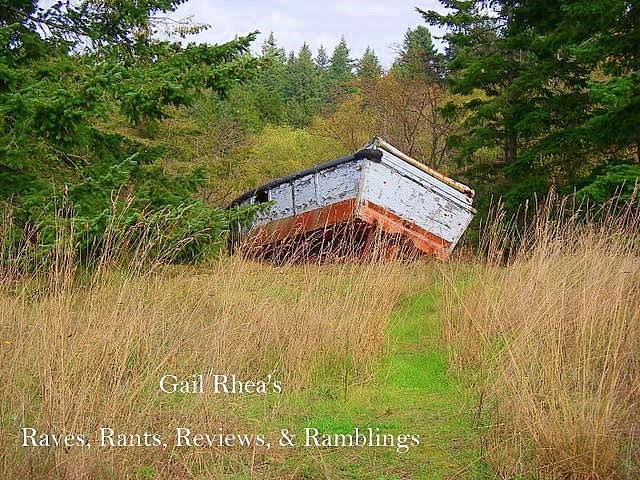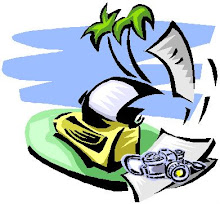I was looking for another knife for my hiking Essentials, a subset of my preparedness kit, when I realized I hadn't replaced my pocket-sized knife sharpener that had been in my hydration pack when it was stolen from the trunk of my car three years ago while I was in San Ysidro, California.
My first thought was to buy another Smith's 2-Step sharpener from Wal-Mart for less than US$4 because, although uncomfortable to hold (and you can NOT hold it at the base as illustrated on the packaging because drawing the blade through will topple it toward you and possibly get you cut), it produces a satisfactory edge on the cheap Pampered Chef paring and Farberware utility knives I use for motel camping and is a lot less expensive than professional sharpening.
However, the poorly designed finger guard prevents as much as 7/16" of a knife's edge from being sharpened depending on the knife's design. For a 2-1/2" blade I have, this means about 20% won't be sharpened. For a small knife like the SAK Classic model, close to a third of the cutting edge is left dull. That's unacceptable.
Unable to recall the brand name of the stolen sharpener that I liked better than the Smith's 2-Step and happening to run across the Lansky Quick Fix pocket sharpener, I bought one for US$5.95 and was pleased to find it the most comfortable to hold of the three pocket sharpeners I've used and able to sharpen the entire length of the blades the Smith's sharpener can't.
I advocate having a pocket-sized knife sharpener in your preparedness kit to touch up your knife should you have to leave home because the safest knife is a sharp knife since less pressure is needed to cut. A duller knife, needing more pressure, is more likely to slip and cut you.
With a pocket sharpener that has the angle preset for you, all you have to do is hold it firmly on a stable surface and draw the knife straight through three to five times although a hard stainless steel blade like a SAK, will need more than those few. The carbide side is for very dull or damaged edges while the ceramic rods are for touch ups. Inexpensive and easy!


